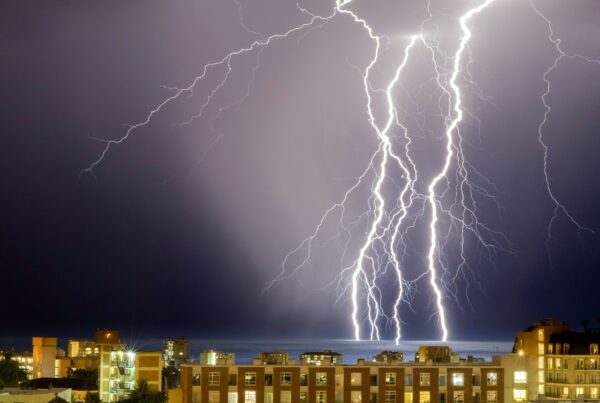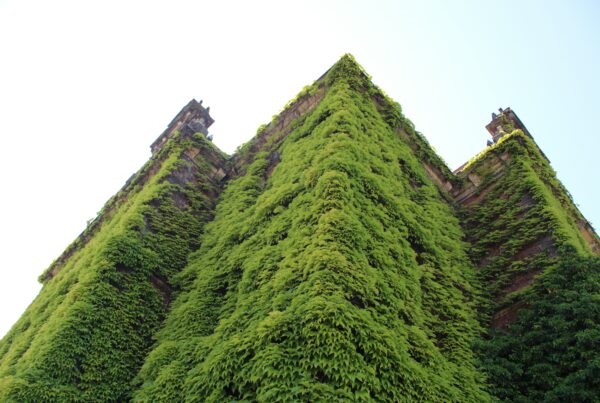For as long as they can remember, folks in the rural areas of Asian countries have been living in houses ingeniously made out of bamboo. It’s only logical since the grass grows rampant in the tropical setting. (Yes, bamboo, for all its height and wood-like hardness is actually a grass, not a tree).
What makes bamboo a terrific building material is its ability to grow fast. It’s the fastest growing plant on earth; some species like the Moso bamboo (or mao zhu) in China can grow 12-19 inches in a day, unlike hardwood trees that have a slow growth cycle. Also, unlike trees, bamboo simply regenerates when harvested, is low-maintenance, and requires no fertilizer, making it truly sustainable. Bamboo’s extensive root system helps curb erosion, efficiently consumes carbon dioxide, and actually replenishes mineral in the soil. When fully mature, bamboo has excellent hardiness that can rival traditional timber. And it’s also inherently beautiful in that exotic, natural way.
By using a building material such as bamboo which is locally available to them— well, Asian builders certainly can’t get any greener than that.
Green Building with Bamboo in Western countries
It’s no wonder Western countries are looking to bamboo as a wood alternative. Countries like the U.S., U.K., and the rest of Europe are praising bamboo for its many advantages that make it a veritable green building material. Even the USGBC recognizes the sustainability of bamboo.
In the Western setting however, green building with bamboo isn’t all that green. It’s true that bamboo thrives in diverse climates, but only those species that grow in tropical climates (growing as tall as 30 meters with a diameter of 35 centimeters) are best suited for construction purposes. As such, builders have to import bamboo from Asian countries like Thailand, Vietnam, the Philippines, and most notably from China, which supplies about half of the world’s needs. Shipping quality bamboo timber across long distances inarguably leaves a large carbon footprint.
Bamboo for construction is also limited to one-story structures, usually as flooring, decking, and paneling. Turning bamboo into an aesthetically usable and sturdy construction timber requires high-performance adhesives needed to glue the thin pieces together. These glues contain formaldehyde, a toxic substance that off-gasses over the years.
When bamboo is made into fabric, on the other hand, it needs to be chemically processed with sodium hydroxide and sulfuric acid, which are toxic when not disposed of properly. This process of turning bamboo into fabric also uses a lot of water, making claims by eco-fashion designers who promote bamboo textile rather doubtful.
Add to all these the saddening fact that increasing demand for bamboo has encouraged supplier countries to clear cut forests just to replace them with bamboo plantations.
Back to Asia
The reason why Asian folks can build green with bamboo is that, for one, no shipping is required; bamboo is locally available to them. When they use it for constructing simple houses, no chemical process is involved—bamboo is simply cut and used accordingly. Big, whole culms (bamboo stems) are used as beams and posts, while the small ones can be used to make walls and fences. When split lengthwise, the slats can be used to make floors.
It’s a crudely-built house, yes, but it’s still green building with bamboo in the truest sense of the word.
What to Do with Bamboo Now?
- Source bamboo locally.
- Failing that, stick to traditional hardwood that is available in your area.
- If you insist on bamboo flooring, do a research on the company and check if they use eco-friendly finishes and urea formaldehyde-free adhesives.











